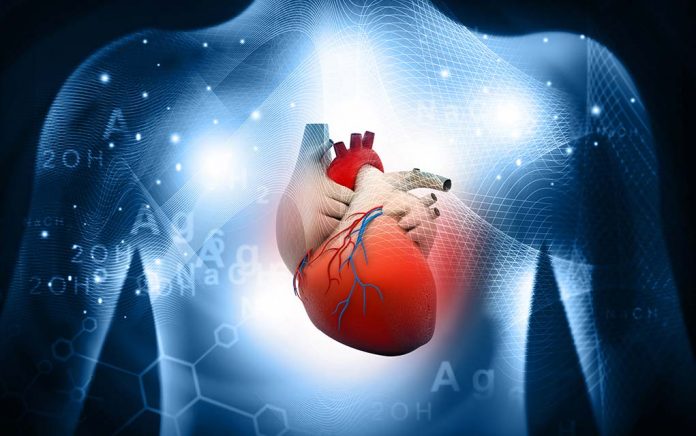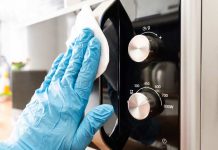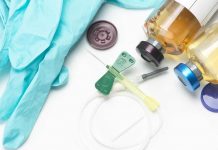
Modern medicine has been progressing in leaps and bounds. Some of the technological advances we’re seeing in organ research would have been considered science fiction just a decade ago. From innovations in organ preservation and drones whisking them between hospitals to researchers working toward fully functioning 3D-printed organs, advances in human medicine could soon change transplants forever.
Quick Read:
Recent advances in organ research could change the way we approach transplant needs. We’re finding more effective ways of preserving donated organs, and some institutions are considering using drones to save time and money transporting them. Both of those could eventually become obsolete if researchers succeed in one of their most recent innovations: using 3D printers and “bio-inks” composed of human cells to “print” functional hearts and other organs. See the full story for details on these incredible advances.
Check Out How These New Advances Could Change Everything.
Extending the Viability Window
Organs harvested for transplant have traditionally been preserved using cold storage, but the method comes with serious limitations on time and viability. Depending on the type of organ, doctors typically have between 6 and 30 hours after removal before it becomes unusable. Because of this, there have been unfortunate limits on the number of transplants available each year. Last year alone, over 114,000 patients were on organ transplant waiting lists.
Over the last decade, researchers have been studying a far more effective means of preserving organs for transplant. Ex vivo normothermic perfusion (EVNP) uses a machine that can both assess and improve an organ’s viability after cold storage, increasing the transplant window. The technology has been tested on liver grafts, hearts, kidneys and lungs. By increasing the cold storage length, countless more people desperately in need of donor organs could be offered a second chance at life.
Using Drone Technology
Along with longer storage times, donor organs may soon benefit from cheaper, faster transportation. Recently, on the first move of its kind, a drone transported a donated kidney about three miles to the University of Maryland Medical Center. The kidney went to a 44-year-old woman who’d been on dialysis for 8 years.
Custom-built for organ transportation, the drone can control its contents’ temperature and barometric pressure. It has eight rotors for maximum stability, offers vibration control, and is equipped with technology to monitor and control its location and altitude. Researchers believe implementation of these drones across the medical community could save thousands of lives.
No Donor Needed?
An even bigger potential game-changer could come in the form of 3D printing. Recently, researchers have developed means of “printing” organs using “bio-inks” composed of stem cells and hydrogel. The technology can be applied to any organ, but the most recent experiments have involved printing life-like heart tissue with the help of computerized imaging.
What makes this technology so exciting is it uses a patient’s own stem cells to grow the organ tissues, so organ rejection could become a thing of the past. Research in this area is still in its early stages, but the potential for this technology to save lives in the future is promising.
Recent advances could change the face of organ transplant medicine. With each innovation, more lives stand to be saved, and even better technology might fall into place as researchers learn from current developments. We could very well see a day when organ transplant waiting lists exist only in science fiction.
~Here’s to Your Healthy Ascension!
Copyright 2019, AscendHealthy.com













